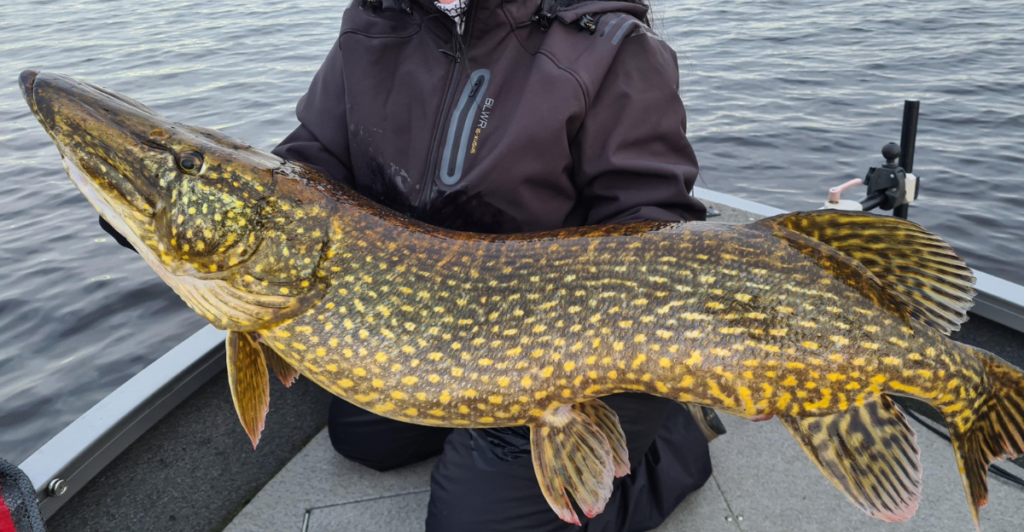
The northern pike is a sleek, carnivorous fish. It has been sneaking into new rivers and lakes in Alaska. Scientists thought that they only swam in saltwater, but new research reveals they can travel through coastal waters. This could be trouble for native fish like salmon.
Northern Pike—A Powerful Hunter
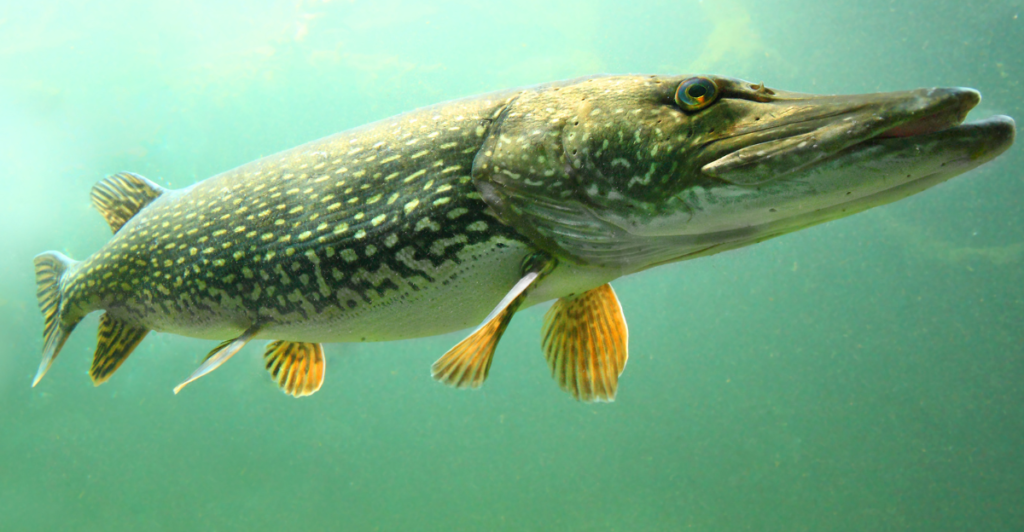
Northern pike aren’t like most fish species. They’re fierce hunters and use quick movements to ambush prey. When in aquatic environments they don’t belong, they can wipe out native fish and change entire ecosystems.
How Did They Get Here?
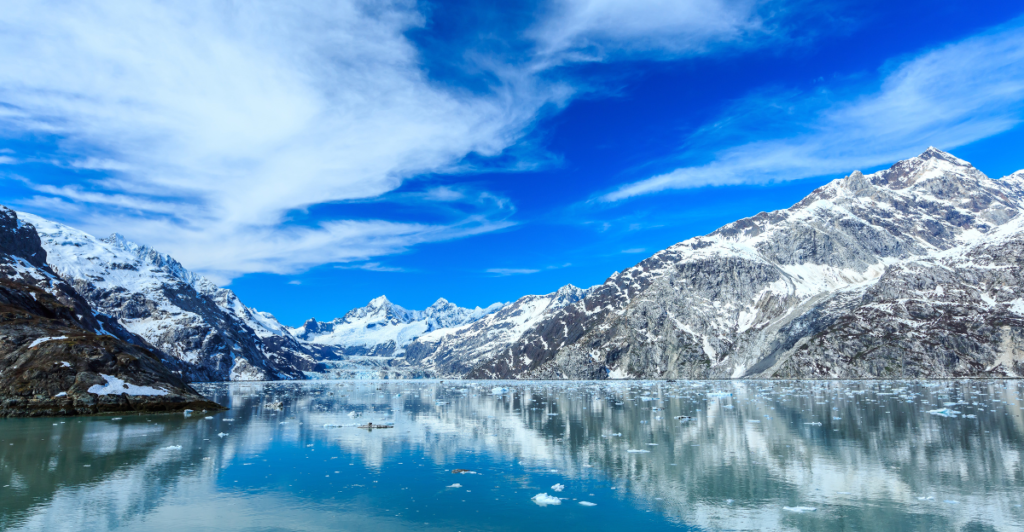
Northern pike are native to parts of Alaska. But they weren’t always seen in the Southcentral region. They were illegally introduced in the 1950s into the Susitna River basin. From this point, they spread to more than 150 lakes and rivers.
The Saltwater Barrier—Or So We Thought
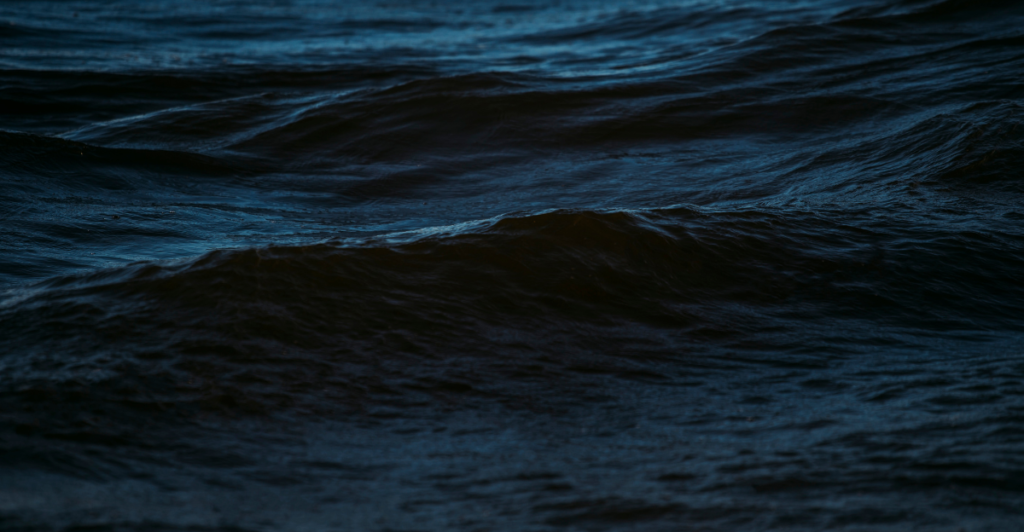
For years, scientists didn’t think that pike would spread, considering they are a freshwater species. They weren’t expected to survive in salty waters long enough to reach new rivers. But apparently, they can.
The Science Behind the Discovery

Scientists discovered this by observing strontium, a chemical element found in fish’s otoliths (ear stones). Strontium levels alter depending on the kind of water. So, by analyzing otoliths, researchers traced the whereabouts of northern pike and discovered some had definitely swum through salt water.
Why This Matters
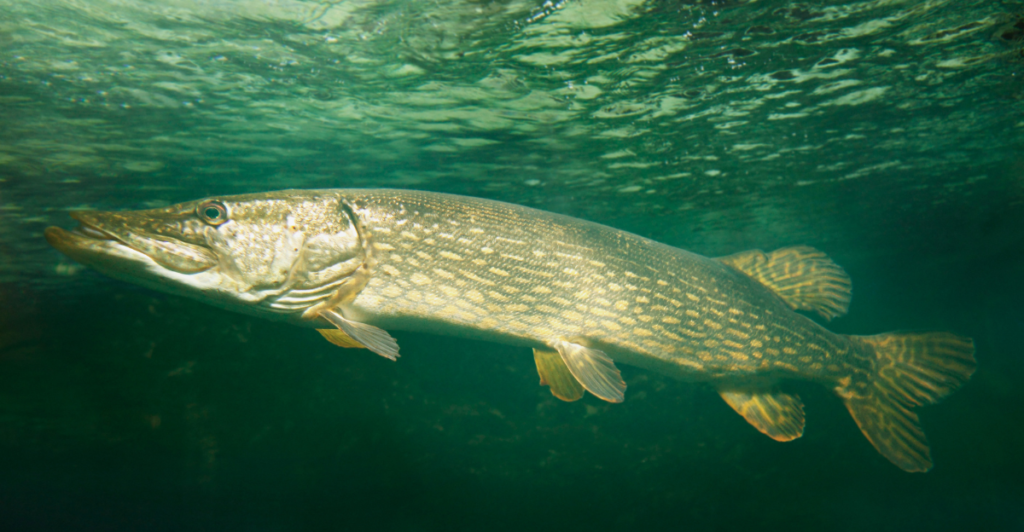
Northern pike can reach new freshwater systems without human help. And they will probably still invade places where they aren’t welcome, even if people stop introducing them illegally. Managing the spread of this predator is becoming a lot more difficult.
The Impact on Native Species
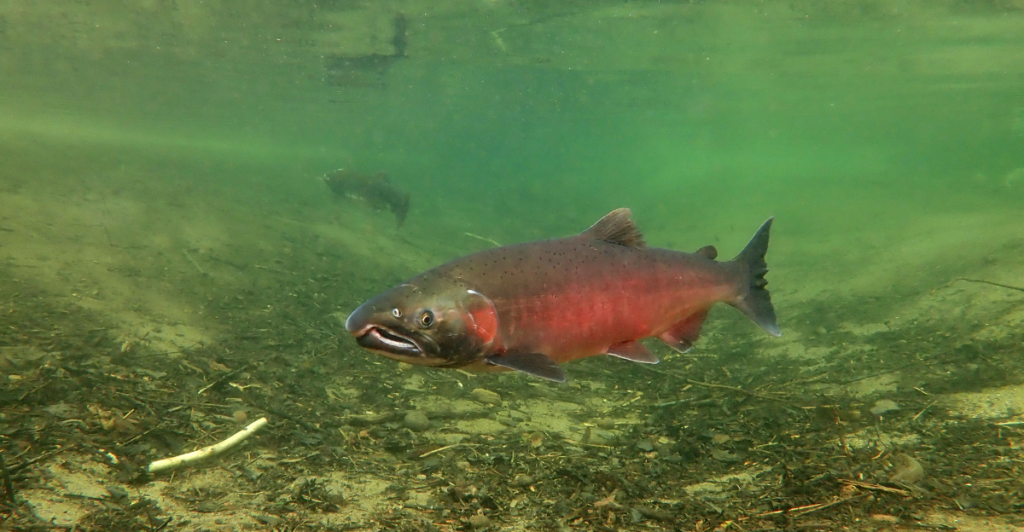
Pike completely dominate the waters they occupy. They eat smaller fish, like young salmon, which are critical to Alaska’s economy and ecosystems. If pike continue seeking new fresh waters they don’t belong in, salmon could take a hit. This would affect everything from fishing to wildlife.
Conservationists Are Concerned
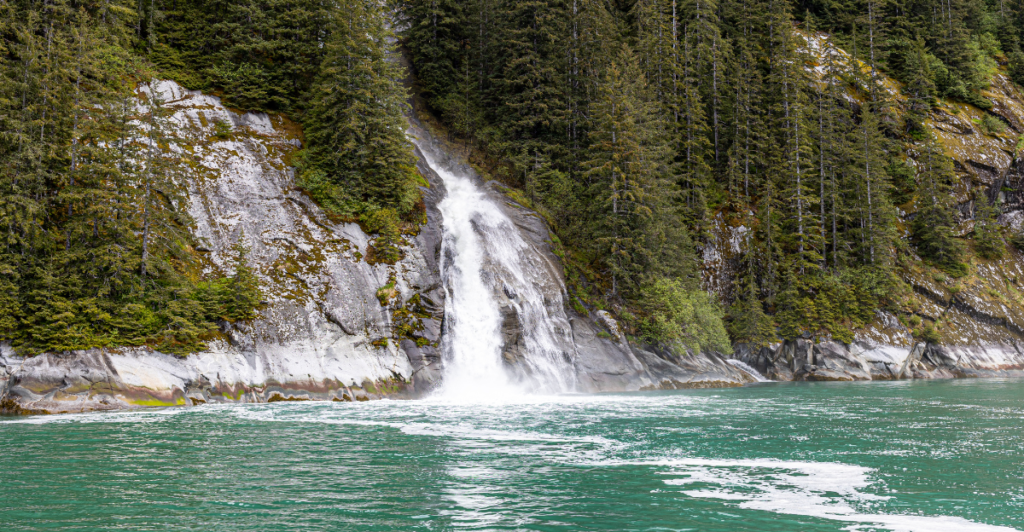
Alaska’s Fish and Game Department is involved. Biologists have to rethink their strategies for controlling pike invasions. If their movements aren’t slowed down or stopped, they could move through more saltwater lakes and rivers than we thought, presenting a serious threat.
What Can Be Done?
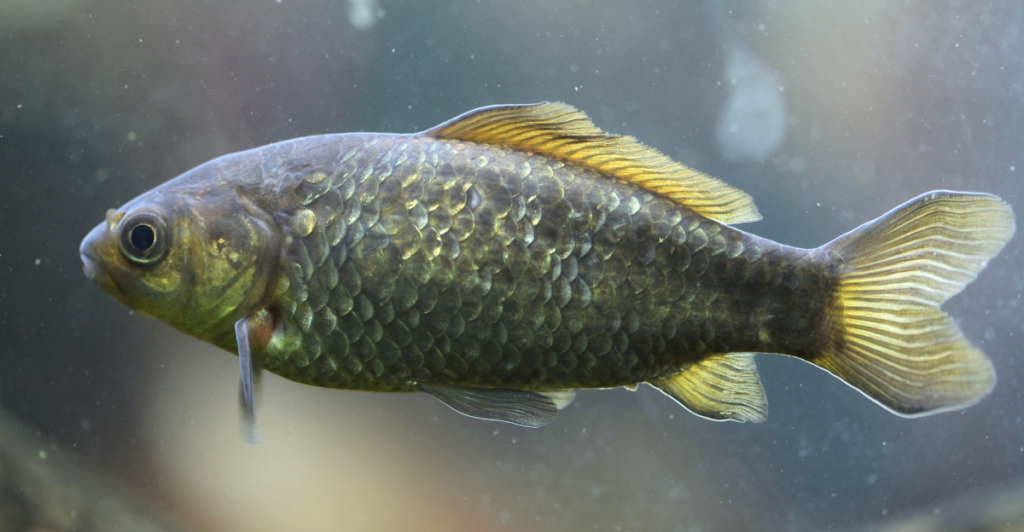
Management efforts will need to shift now that we know pike can travel between watersheds. Monitoring high risk areas, increasing removal efforts and raising awareness about the risks of the species’ invasion are all necessary steps.
A Reminder for Fishermen
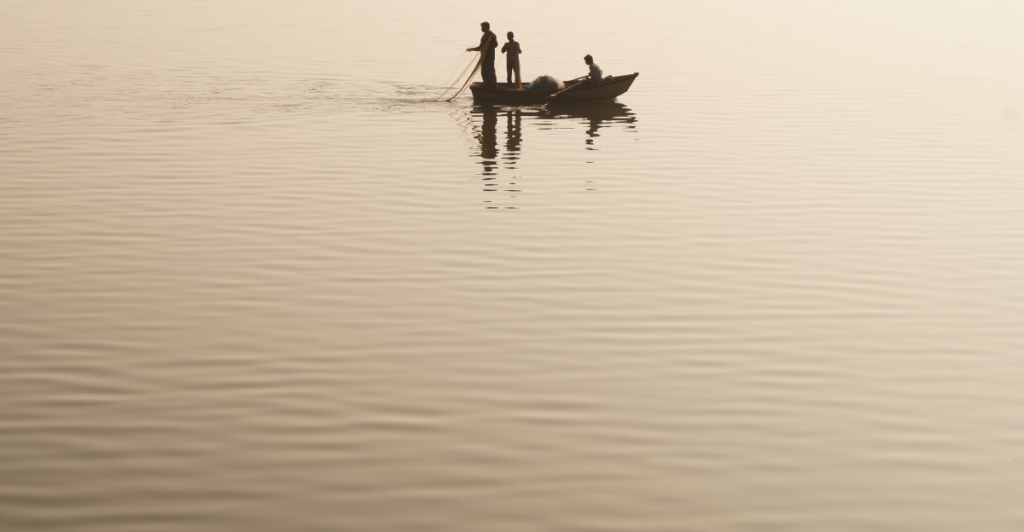
Fishermen play a role too. Accidentally or intentionally moving northern pike to new waters can cause ongoing damage. Fishermen are urged to report sightings and avoid releasing pike into lakes or rivers.
A Unique Scientific Discovery
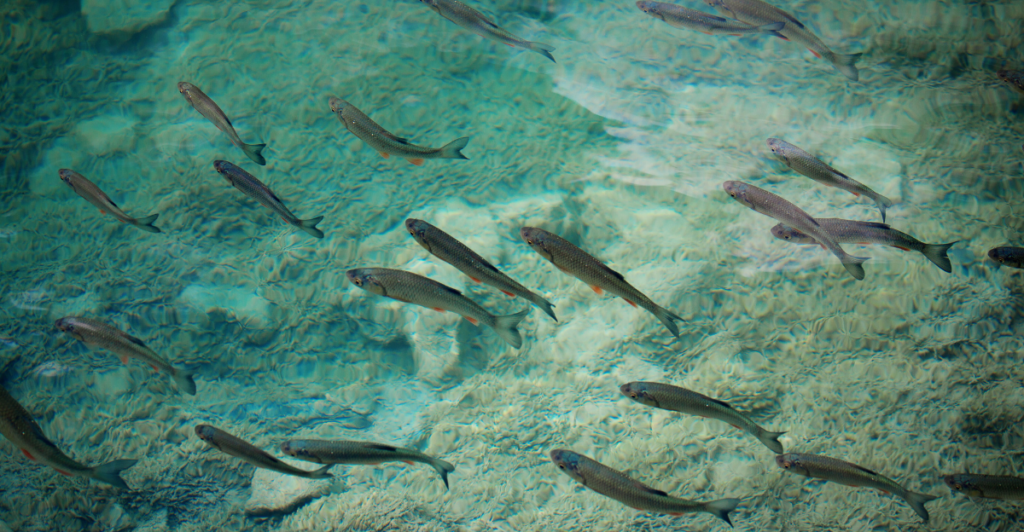
Even though the recent presence of pike in rivers and lakes is a problem, it’s also fascinating. Understanding how species adapt and move helps scientists learn more about the ecosystem and how to protect native wildlife more effectively.
The Future of Alaska’s Waters
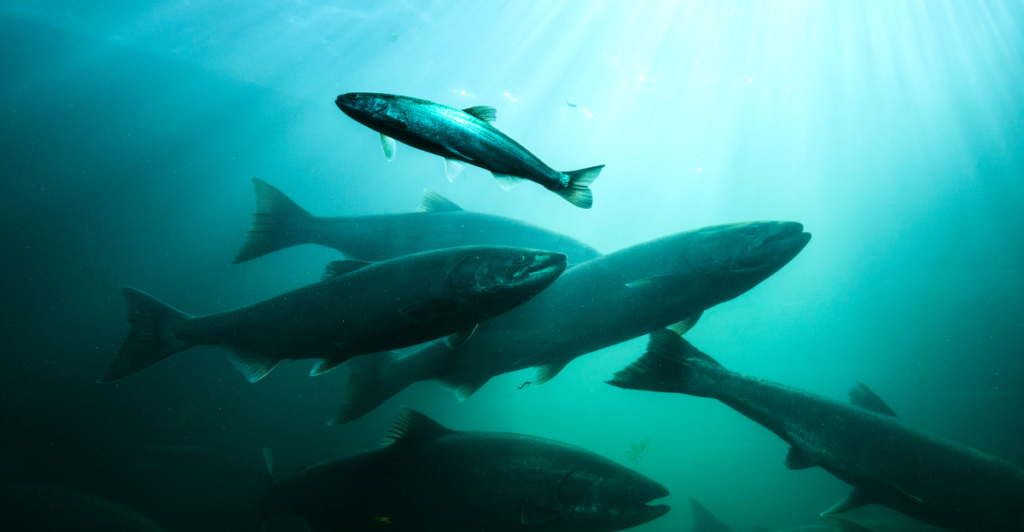
The fight against invasive pike is not over. Conservationists, local communities and researchers will need to collaborate to stop their spread. Otherwise many species, especially the Alaskan salmon, could be at risk.
The Takeaway
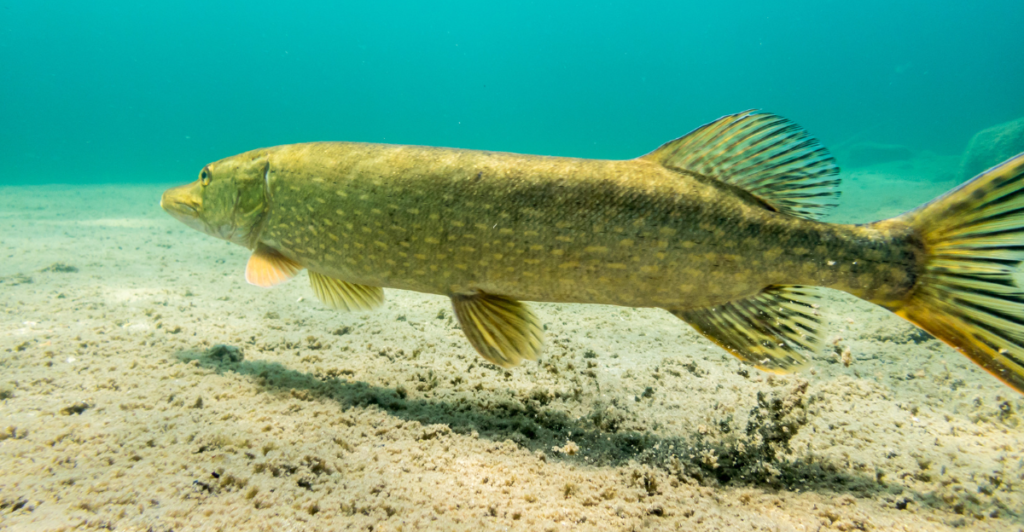
Northern pike are more adaptable than we thought. They’re resilient and now confirmed saltwater travelers. Controlling them will be tough but knowing how they move and spread is the first step towards protecting the freshwater ecosystem in Alaska.







